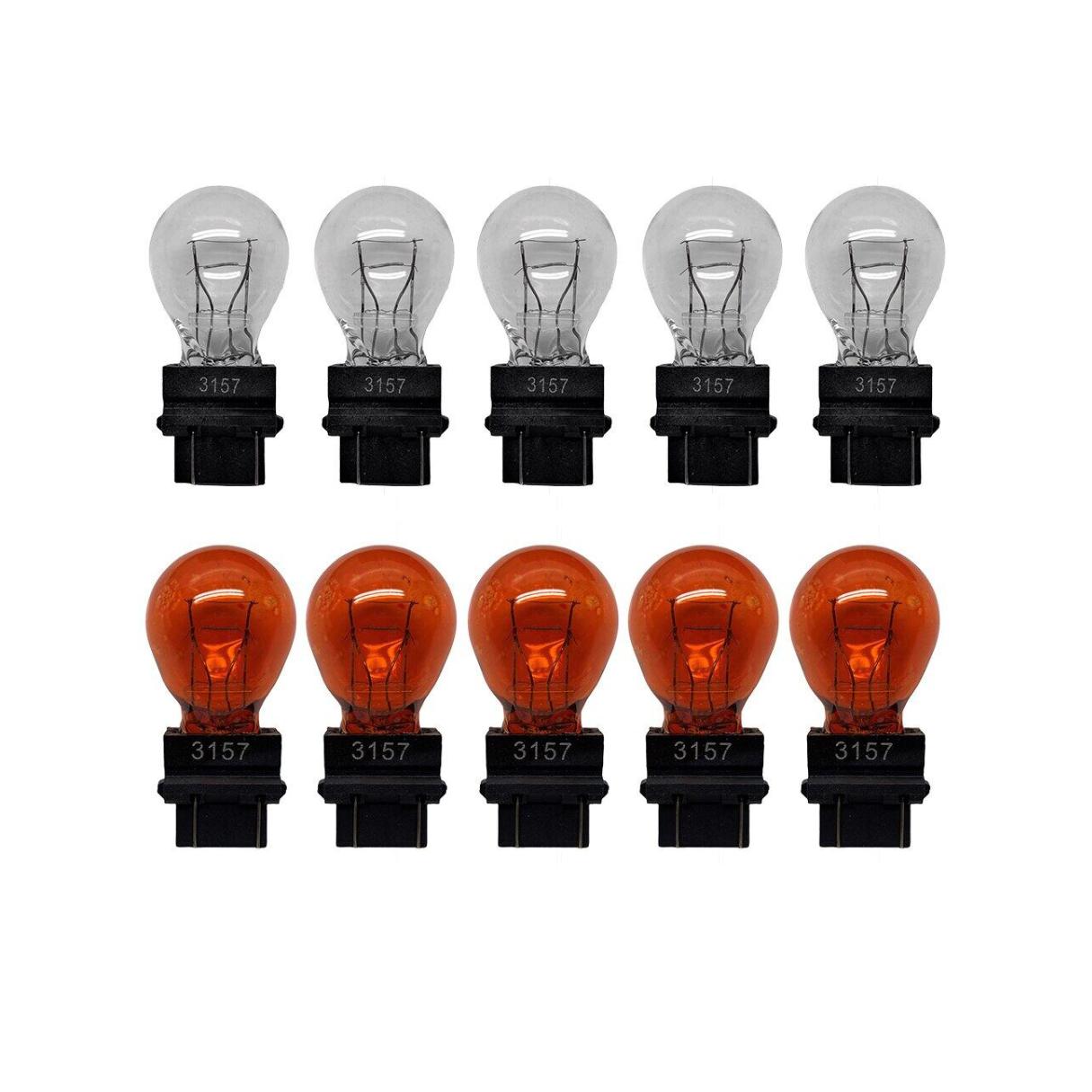

Articles
What Is The Size Of A Tail Light Bulb Finder
Modified: December 7, 2023
Looking for articles about finding the right tail light bulb size? Our tail light bulb finder guide will help you choose the correct bulb size for your vehicle.
(Many of the links in this article redirect to a specific reviewed product. Your purchase of these products through affiliate links helps to generate commission for Storables.com, at no extra cost. Learn more)
Introduction
Having the right size tail light bulb in your vehicle is crucial for both safety and visibility. Whether you need to replace a broken bulb or upgrade to a brighter option, knowing the correct size is essential. However, finding the right size tail light bulb can often be a challenge, as there are various misconceptions and confusing information out there.
In this article, we will explore the importance of finding the right size tail light bulb, debunk common misconceptions, and provide you with helpful tips and resources to easily identify the correct size for your vehicle.
So, let’s dive in and shed some light on the subject!
Key Takeaways:
- Finding the right size tail light bulb is crucial for safety, visibility, and legal compliance. Debunk common misconceptions and utilize online resources or a dedicated tail light bulb finder tool for accurate and convenient identification.
- Understanding the factors to consider and the steps to follow when searching for the correct size tail light bulb will ensure optimal fit, visibility, and overall vehicle aesthetics. Utilize online resources and tail light bulb finder tools for accurate and efficient identification.
Read more: How To Change A Tail Light Bulb
Importance of finding the right size tail light bulb
The tail light bulb in your vehicle serves a crucial purpose – it ensures your visibility on the road, especially during low light conditions or at night. Properly functioning tail lights not only help you see the road behind you but also alert other drivers of your presence and intentions.
Using the right size tail light bulb ensures a proper fit in the housing, preventing any loose connection or gaps that could lead to water or dust entering and damaging the bulb or the electrical components. It also ensures that the light emitted is directed correctly, without any obstructions or glare that may hinder visibility.
Additionally, using the correct size tail light bulb ensures compliance with legal requirements. Different jurisdictions have specific regulations regarding the size and brightness of tail lights, and using an incorrect bulb size may result in fines or citations.
Lastly, using the right size tail light bulb can have an impact on the overall aesthetics of your vehicle. Bulbs of the wrong size may not fit snugly into the housing, causing an unattractive appearance and potentially reducing the resale value of your vehicle.
Now that we understand the importance of using the right size tail light bulb, let’s debunk some common misconceptions that can lead to confusion when trying to find the correct size.
Common misconceptions about tail light bulb sizes
When it comes to finding the right size tail light bulb, there are several misconceptions that can lead to confusion. Let’s debunk some of the most common ones:
- All tail light bulbs are the same size: This is a common misconception, but the truth is that tail light bulbs come in various sizes and shapes. It is important to check your vehicle’s manual or consult a reliable source to determine the specific size needed.
- Any bulb that fits will work: While it might be possible to fit a bulb of a different size or shape into the socket, it is not recommended. Using the wrong size bulb can lead to poor connectivity, improper light distribution, and potentially damage the bulb or other electrical components.
- Bigger bulbs mean brighter lights: The size of a tail light bulb does not necessarily determine its brightness. Brightness is typically determined by the wattage or type of bulb used. Using a bulb with higher wattage than recommended can overload the electrical system and cause damage.
- LED bulbs can replace any type of bulb: While LED bulbs are known for their longevity and energy efficiency, they may not be compatible with all vehicles. Some vehicles require specific wiring or resistors to accommodate LED bulbs. It is important to verify compatibility before making the switch.
- All vehicles of the same make and model use the same size bulb: Even within the same make and model, there may be variations in the bulb size depending on the trim level, year of manufacture, or specific options and features of the vehicle. It is always best to double-check the required bulb size for your specific vehicle.
By understanding these misconceptions, you can avoid potential pitfalls and ensure that you find the correct size tail light bulb for your vehicle. Now, let’s explore the factors to consider and the steps to follow when searching for the right size.
Factors to consider when searching for the right size tail light bulb
When searching for the right size tail light bulb for your vehicle, there are several factors to consider. Taking these factors into account will help ensure that you find the correct bulb that fits your specific make and model. Here are the key factors to consider:
- Vehicle make and model: The first and most important factor is your vehicle’s make and model. Different vehicles have different tail light bulb sizes, so it’s crucial to know the exact make and model of your vehicle before beginning your search.
- Year of manufacture: Bulb sizes can sometimes vary even within the same vehicle make and model, based on the year of manufacture. Check the year of your vehicle to ensure you get the correct bulb size for the specific model year.
- Trim level and options: Some vehicles have different trim levels or optional features that may require specific tail light bulb sizes. If your vehicle has additional features or upgrades, make sure to take them into account when searching for the right size bulb.
- Socket type: There are different socket types for tail light bulbs, such as wedge, bayonet, or push-and-twist. Ensure that you know the socket type of your vehicle’s tail light housing to match it with the correct bulb size.
- Legal requirements: Different jurisdictions have specific regulations regarding the size and brightness of tail light bulbs. It’s essential to ensure that the bulb you choose complies with the legal requirements in your area.
By considering these factors, you will have a better understanding of the specific requirements for your vehicle’s tail light bulb. Once you have gathered this information, you can proceed with the steps to find and identify the correct size bulb.
Now, let’s explore the step-by-step process of finding the correct size tail light bulb.
When searching for the right size tail light bulb, refer to your vehicle’s owner’s manual or use an online bulb finder tool to ensure you get the correct fit.
Steps to find the correct size tail light bulb
Finding the correct size tail light bulb for your vehicle may seem daunting, but by following these simple steps, you can easily identify the right bulb size:
- Consult your vehicle’s manual: The first step is to refer to your vehicle’s manual. It often contains detailed information about the bulb sizes and types required for your specific make and model.
- Inspect the old bulb: If you have the old bulb available, inspect it closely. Look for any markings or labels that indicate the size or type of the bulb. Sometimes, the bulb itself will have the size printed on it.
- Measure the bulb: If you are unable to find the size markings on the old bulb, you can measure it manually. Use a caliper or ruler to measure the width and length of the bulb to determine the appropriate size.
- Seek professional help: If you are unsure about the correct size or if you don’t have access to the manual or the old bulb, it is best to consult a professional. A mechanic or automotive parts store can help you identify the right bulb size based on your vehicle’s make and model.
- Utilize online resources: There are several online resources and databases available where you can enter your vehicle’s make, model, and year to find the correct bulb size. These tools can provide you with accurate and up-to-date information.
Remember, it is crucial to verify the accuracy of the information obtained through these steps. Double-checking with multiple sources or seeking professional help ensures that you get the correct size tail light bulb for your vehicle.
Now that you know how to find the correct bulb size, let’s explore the benefits of using a tail light bulb finder tool in your search.
Read more: What Is The Standard Light Bulb Size
Using online resources for tail light bulb size identification
With advancements in technology, finding the correct size tail light bulb for your vehicle has become easier than ever. Online resources and tools are available to assist you in quickly and accurately identifying the correct bulb size. Here are the benefits of using online resources for tail light bulb size identification:
- Convenience and accessibility: Online resources allow you to access a vast amount of information from the comfort of your own home. You can quickly search for the specific make, model, and year of your vehicle to obtain the correct bulb size, saving you time and effort.
- Accurate and reliable information: Reputable online resources provide up-to-date and accurate information about bulb sizes for various vehicle models. These resources often gather data from manufacturers, vehicle manuals, and user feedback, ensuring the reliability of the information provided.
- Compatibility verification: Some online tools not only provide you with the correct bulb size but also verify the compatibility of the selected bulb with your vehicle. This feature ensures that the bulb meets the required specifications and will function properly.
- User reviews and recommendations: Online platforms and forums often have user reviews and recommendations for different bulb sizes and brands. This information can help you make an informed decision and choose the most suitable bulb for your needs.
- Additional resources and tutorials: Online resources usually provide additional information, such as installation guides, troubleshooting tips, and video tutorials. These resources can assist you in successfully replacing the tail light bulb yourself, saving you money on professional installation.
When using online resources for tail light bulb size identification, it’s essential to rely on reputable websites and sources. Cross-reference the information you find with multiple sources to ensure accuracy and minimize the risk of errors.
Now that you understand the benefits of using online resources, you are equipped with the knowledge to confidently search for the correct tail light bulb size. In the next section, we will discuss the advantages of using a dedicated tail light bulb finder tool.
Benefits of using a tail light bulb finder tool
When it comes to finding the correct size tail light bulb for your vehicle, using a dedicated tail light bulb finder tool can offer several advantages. Here are the benefits of using such a tool:
- Accuracy and precision: Tail light bulb finder tools are specifically designed to provide accurate and precise information about bulb sizes for different vehicle makes and models. These tools rely on extensive databases and algorithms to ensure that the information provided is reliable and up-to-date.
- Efficiency and time-saving: With a tail light bulb finder tool, you can quickly and easily search for the correct bulb size without the need to manually research or measure the bulb. This saves you time and effort, allowing you to complete the bulb replacement process faster.
- Compatibility verification: Many tail light bulb finder tools not only provide the correct bulb size but also verify the compatibility of the selected bulb with your vehicle. This feature ensures that the bulb meets the required specifications and will function properly when installed.
- Convenience and ease of use: Tail light bulb finder tools are designed to be user-friendly and intuitive. Most tools have simple interfaces where you can input your vehicle’s make, model, and year to obtain the correct bulb size. This makes the process hassle-free, even for those with limited technical knowledge.
- Additional information and resources: Some tail light bulb finder tools provide additional information and resources, such as installation guides, bulb specifications, and recommendations for reputable brands. These resources can assist you in making an informed decision and ensure a successful bulb replacement.
Using a tail light bulb finder tool eliminates the guesswork and reduces the risk of purchasing an incorrect bulb size. It streamlines the process, making it more efficient and reliable.
However, it’s important to note that while tail light bulb finder tools are reliable, it’s always a good idea to cross-reference the information obtained with other sources to ensure accuracy.
Now that you understand the benefits of using a tail light bulb finder tool, let’s conclude our article.
Conclusion
When it comes to the safety and functionality of your vehicle, finding the correct size tail light bulb is essential. The right bulb ensures proper fit, optimal visibility, and compliance with legal requirements. However, searching for the right size bulb can be confusing, with various misconceptions and information available.
In this article, we explored the importance of finding the right size tail light bulb and debunked common misconceptions. We also discussed the factors to consider when searching for the correct bulb size, along with the steps to follow, including consulting the vehicle’s manual, inspecting the old bulb, measuring the bulb if needed, seeking professional help, and utilizing online resources.
Speaking of online resources, we highlighted the benefits of using online platforms for tail light bulb size identification, such as convenience, accuracy, compatibility verification, and access to additional resources. We also discussed the advantages of using dedicated tail light bulb finder tools, including accuracy, efficiency, convenience, and compatibility verification.
By following the steps mentioned in this article and utilizing the available resources, such as online platforms and tail light bulb finder tools, you can easily identify the correct size tail light bulb for your vehicle.
Remember, it’s crucial to maintain the safety and functionality of your vehicle, and using the right size tail light bulb plays a significant role in achieving that. Don’t hesitate to consult your vehicle’s manual, seek professional assistance, or utilize online resources to ensure that you obtain the correct bulb size.
With the correct size tail light bulb installed, you can drive with confidence, knowing that your vehicle is visible to others on the road and that you are meeting the necessary legal requirements. Stay safe and enjoy your time on the road!
Frequently Asked Questions about What Is The Size Of A Tail Light Bulb Finder
Was this page helpful?
At Storables.com, we guarantee accurate and reliable information. Our content, validated by Expert Board Contributors, is crafted following stringent Editorial Policies. We're committed to providing you with well-researched, expert-backed insights for all your informational needs.
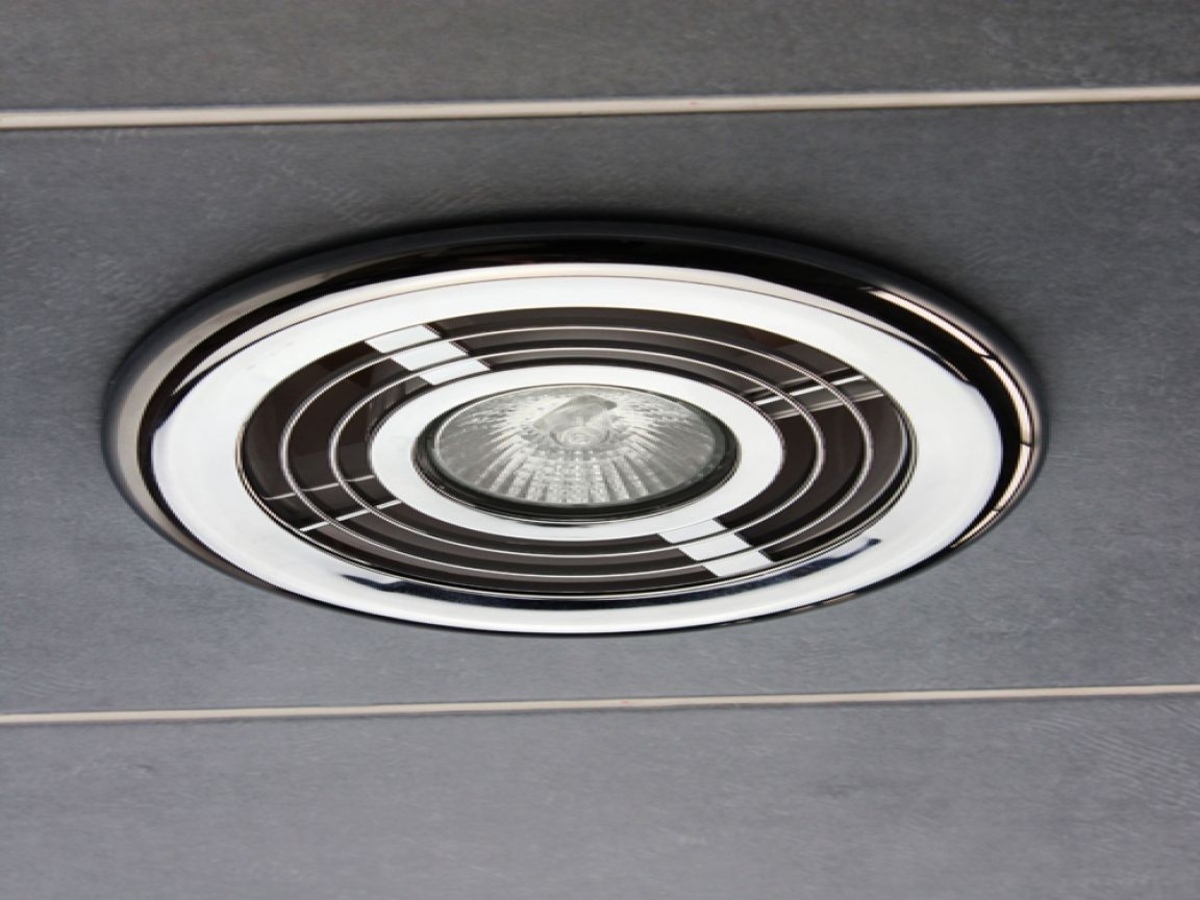
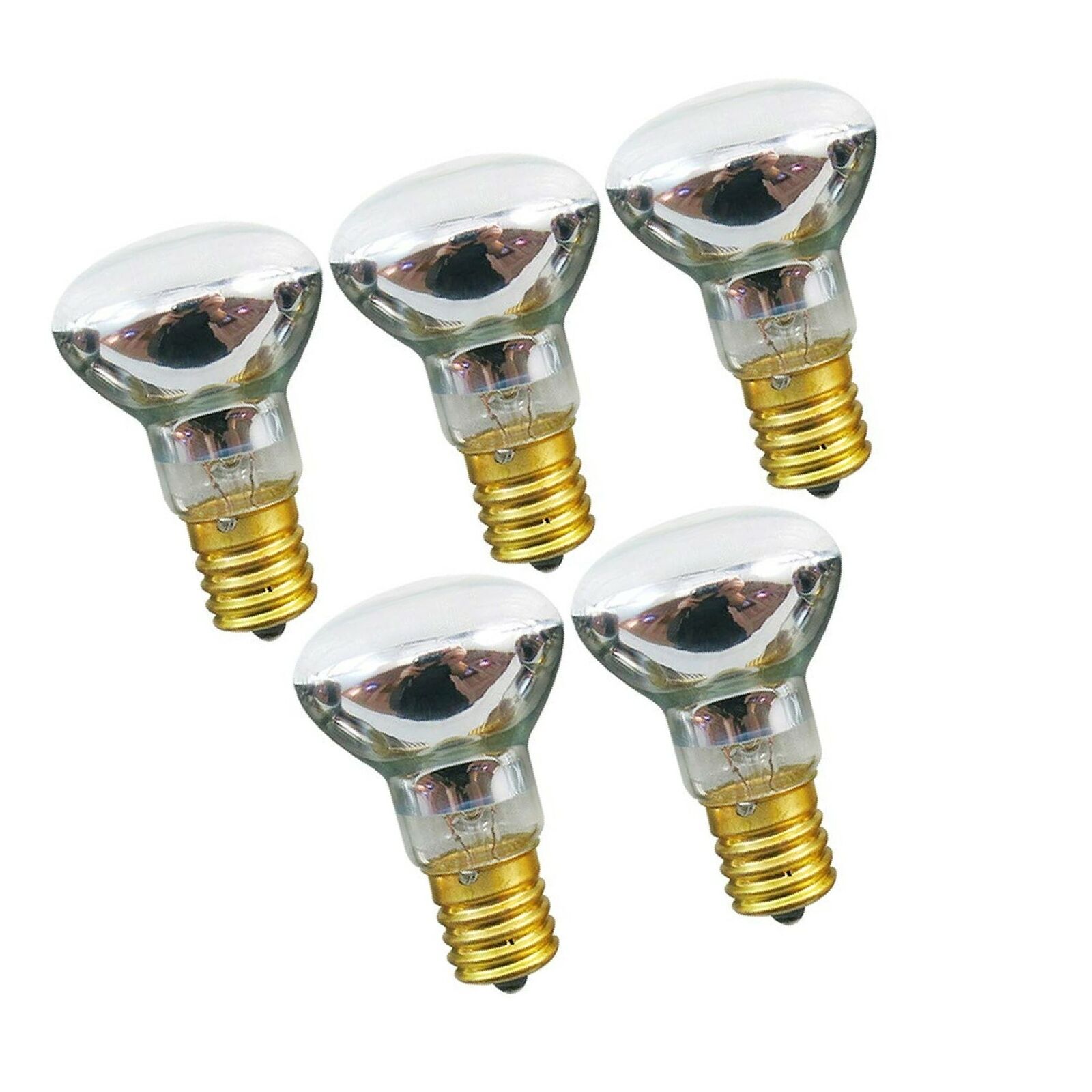

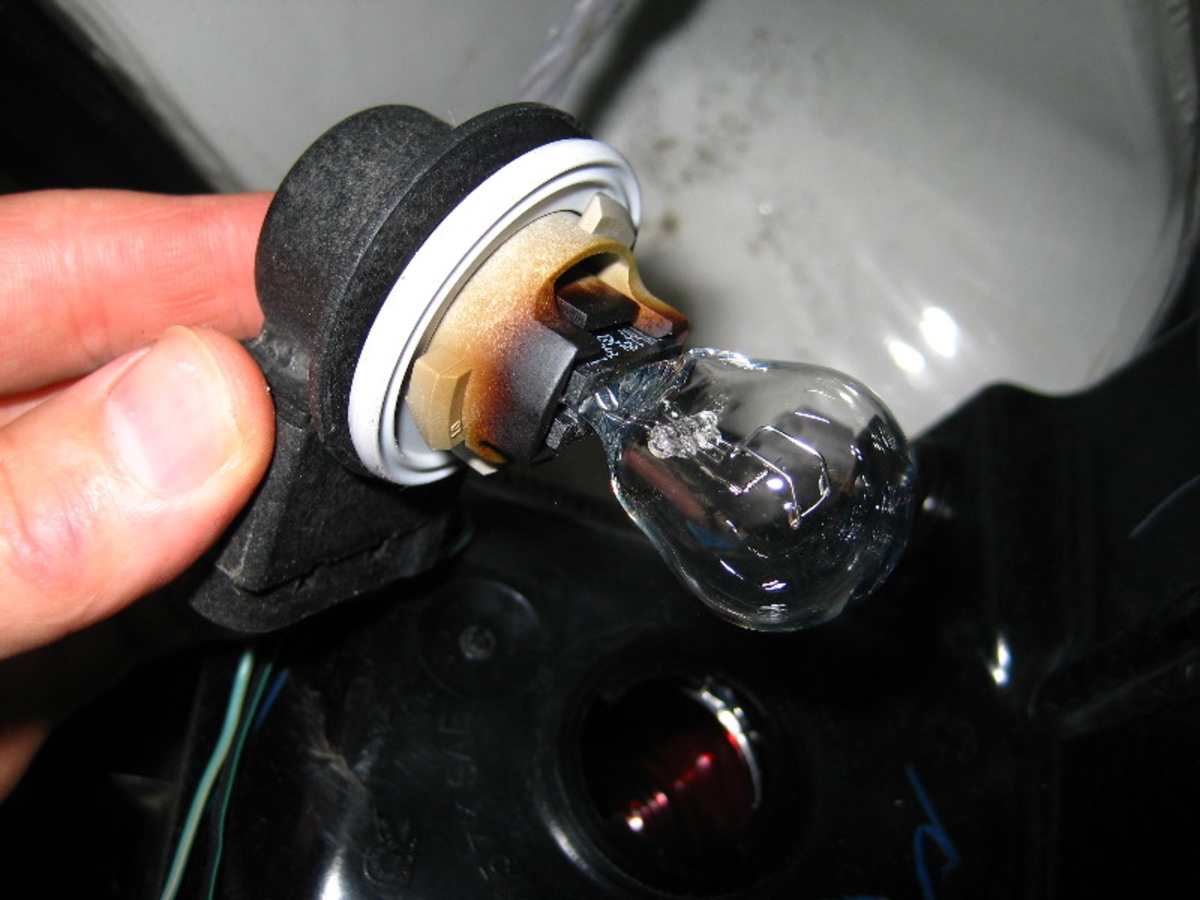
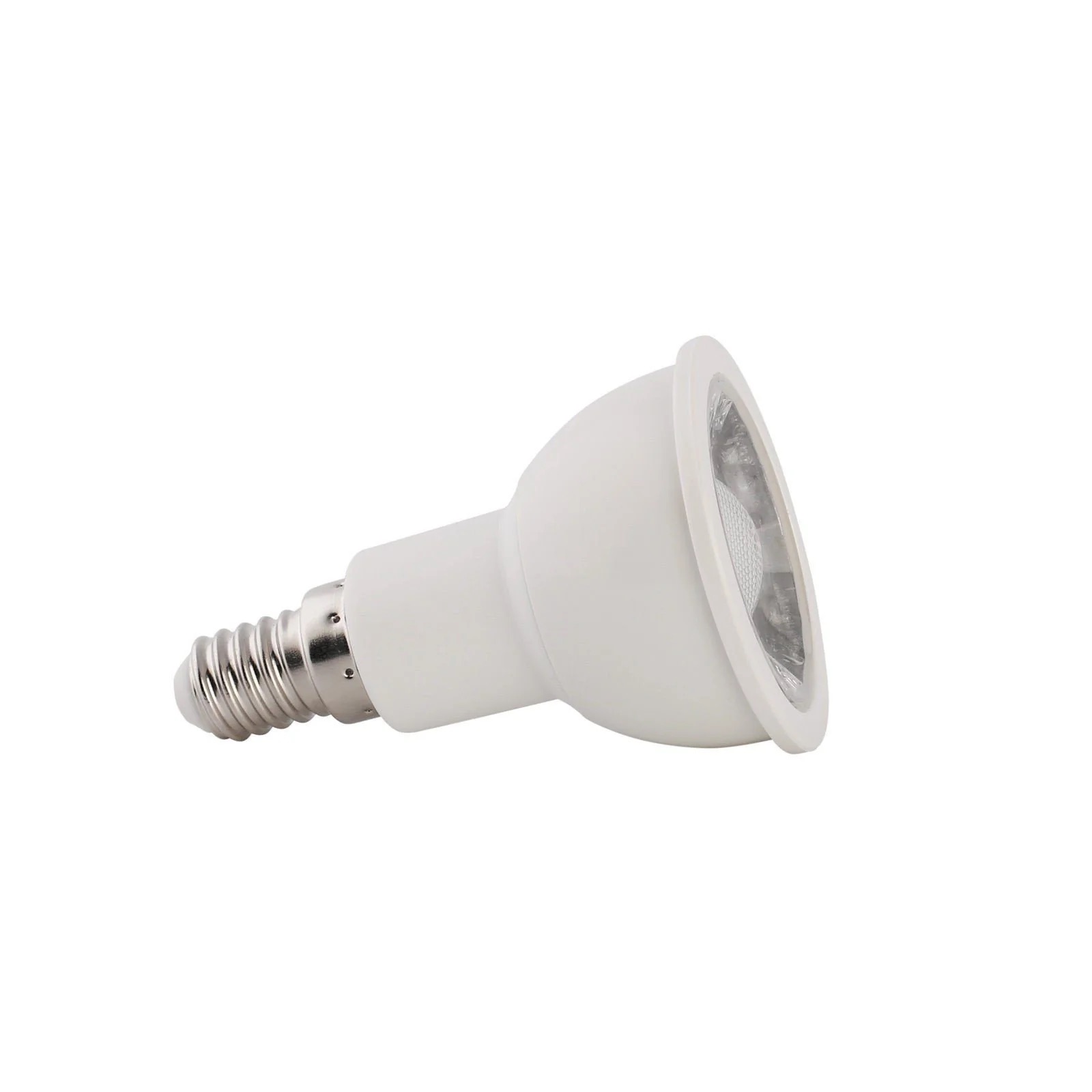
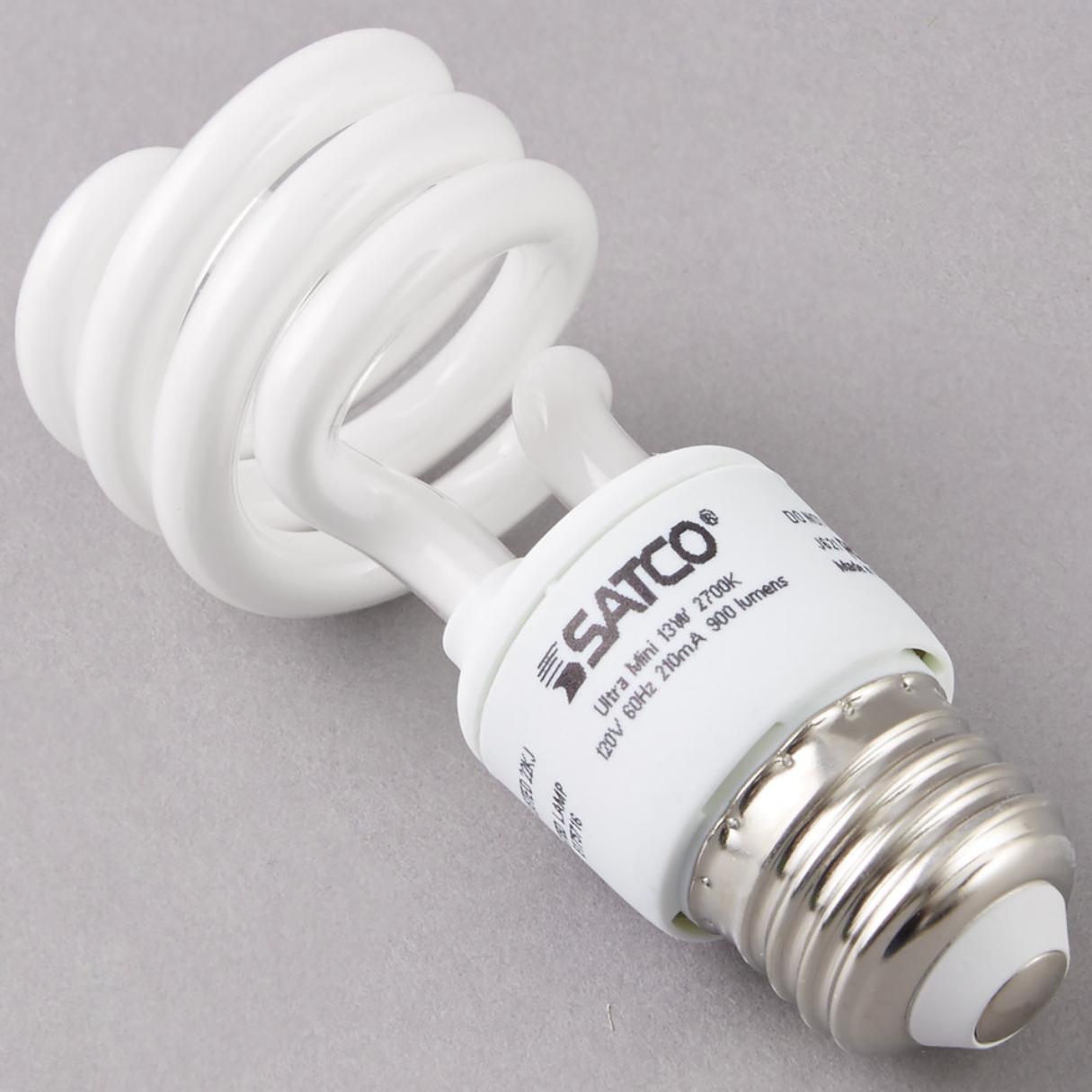
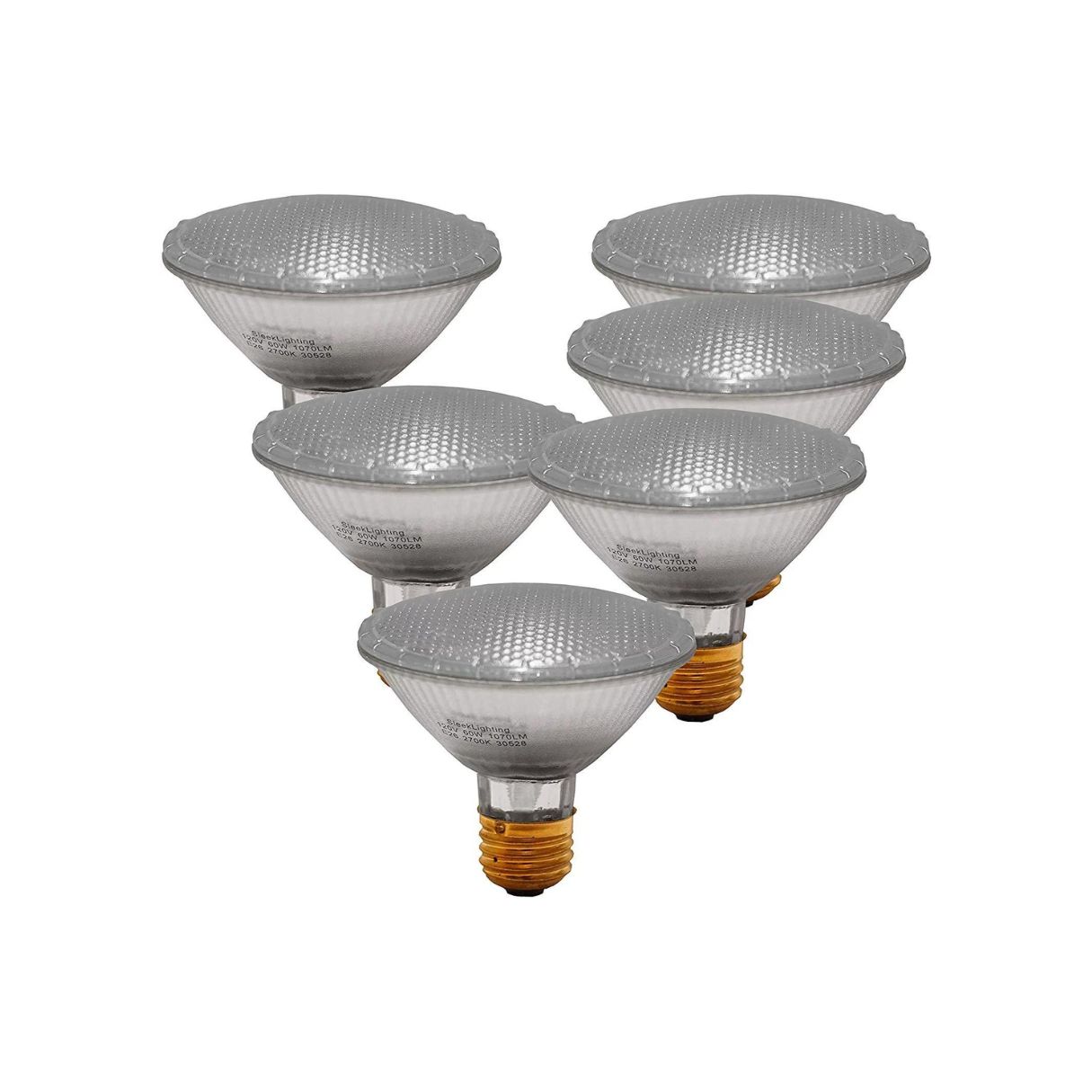
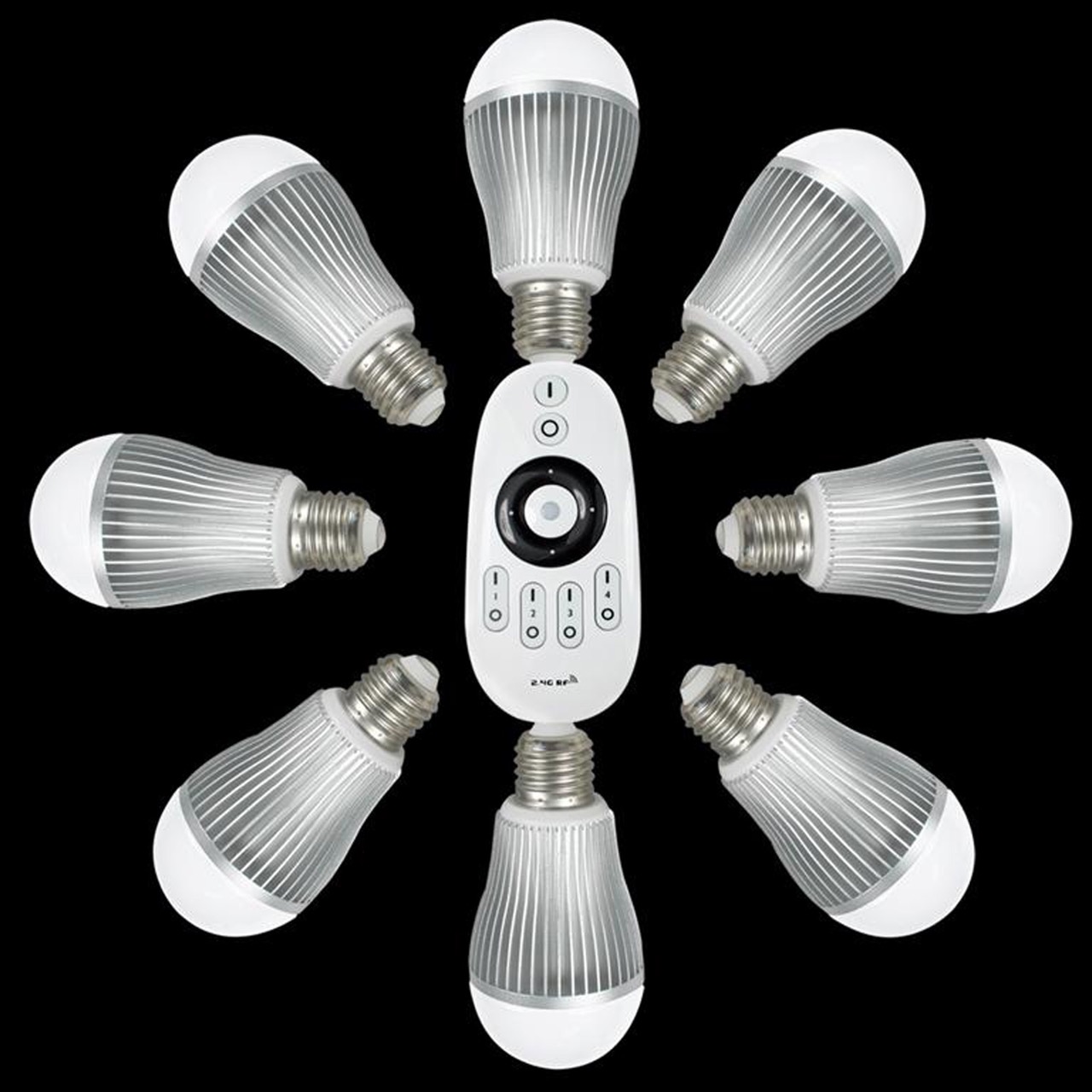

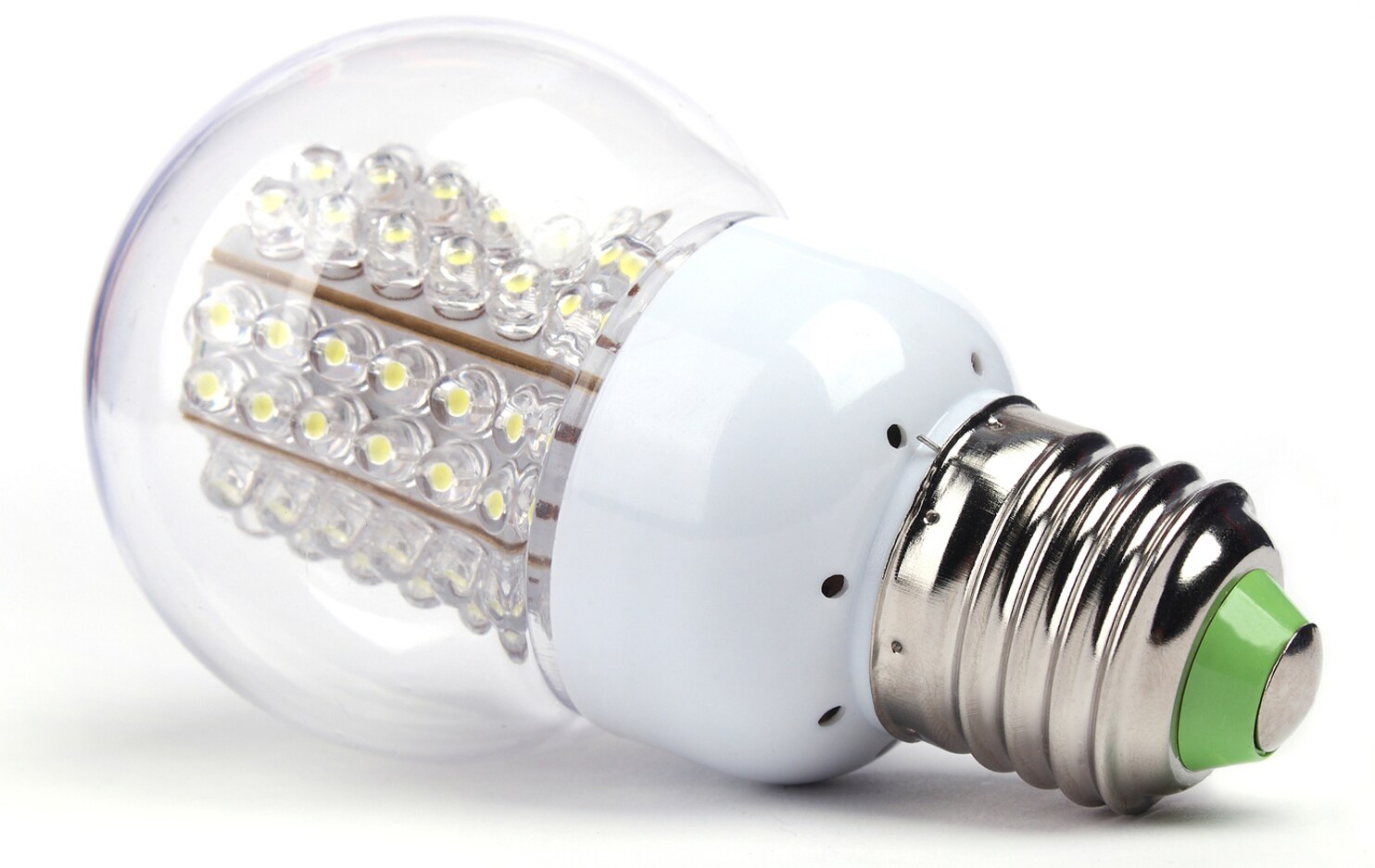
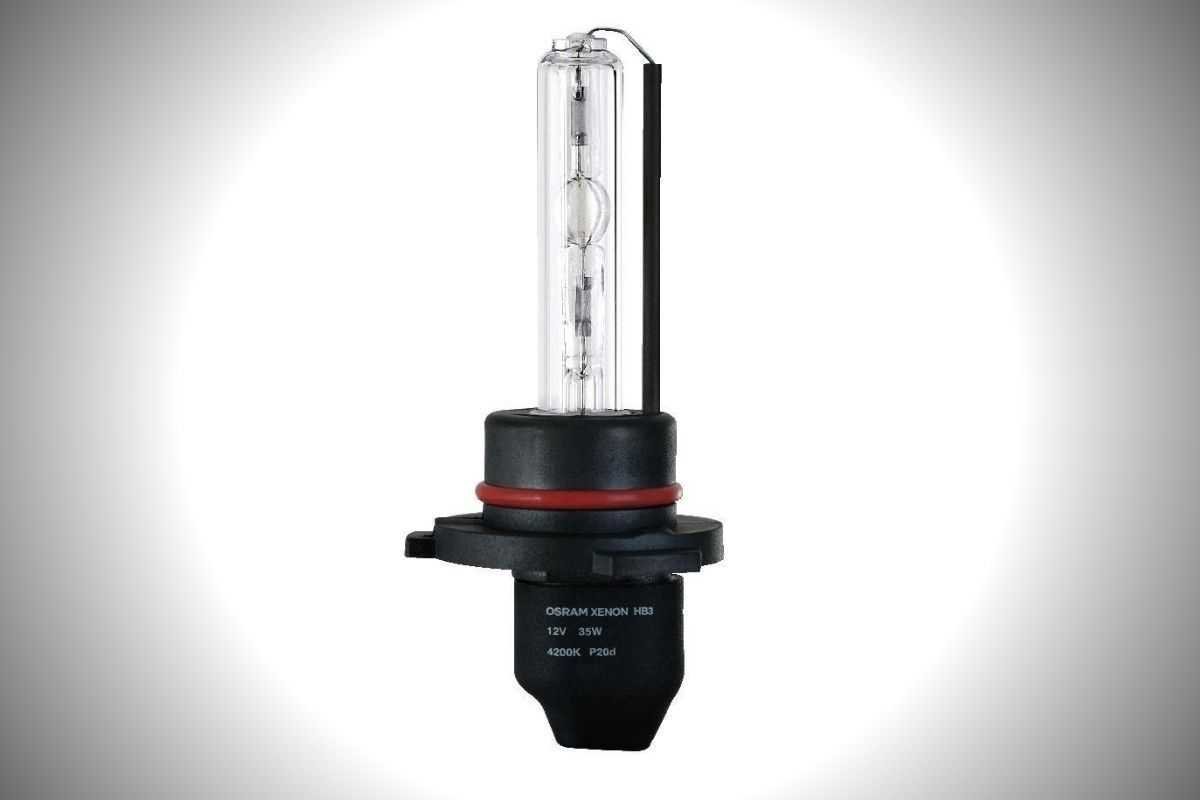
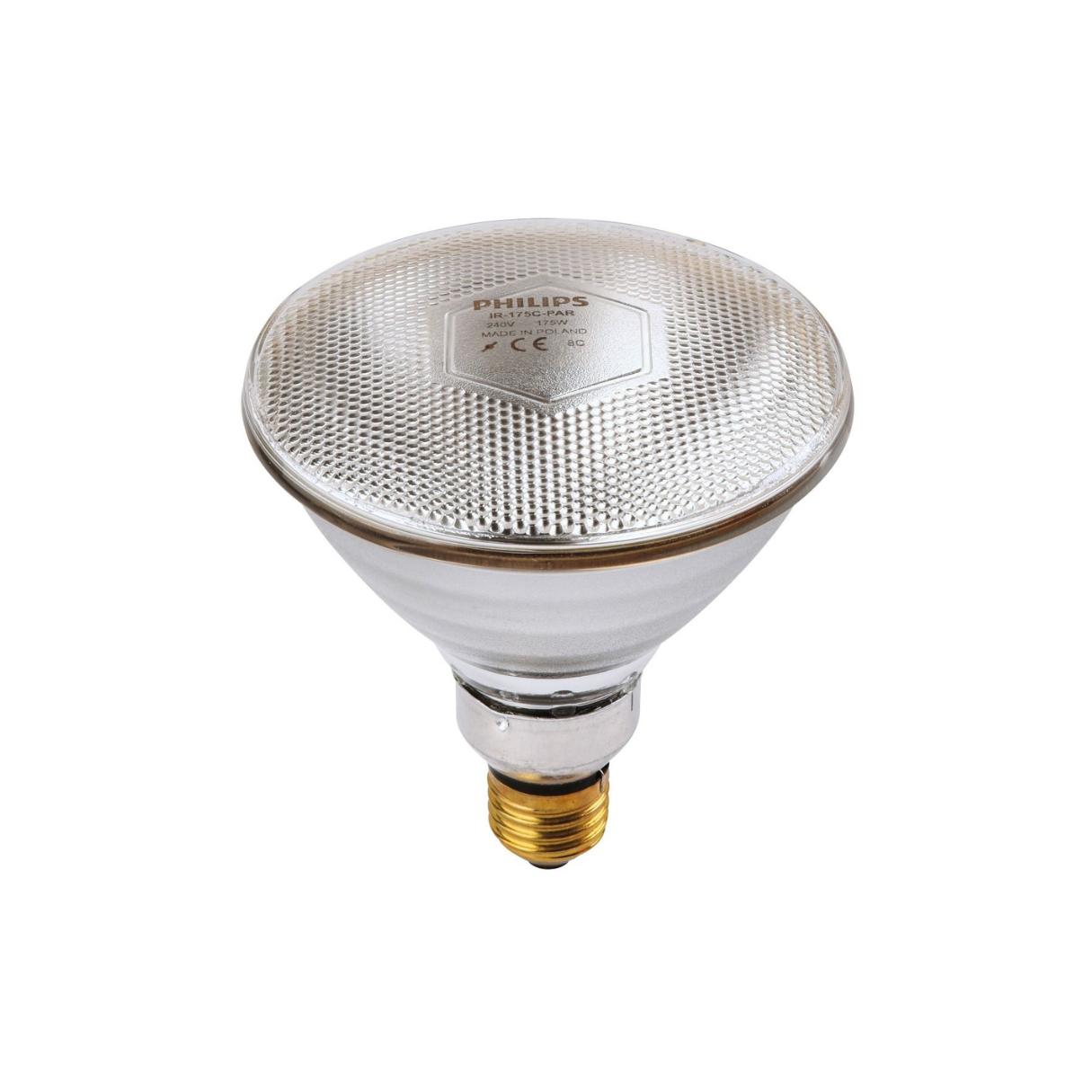



0 thoughts on “What Is The Size Of A Tail Light Bulb Finder”